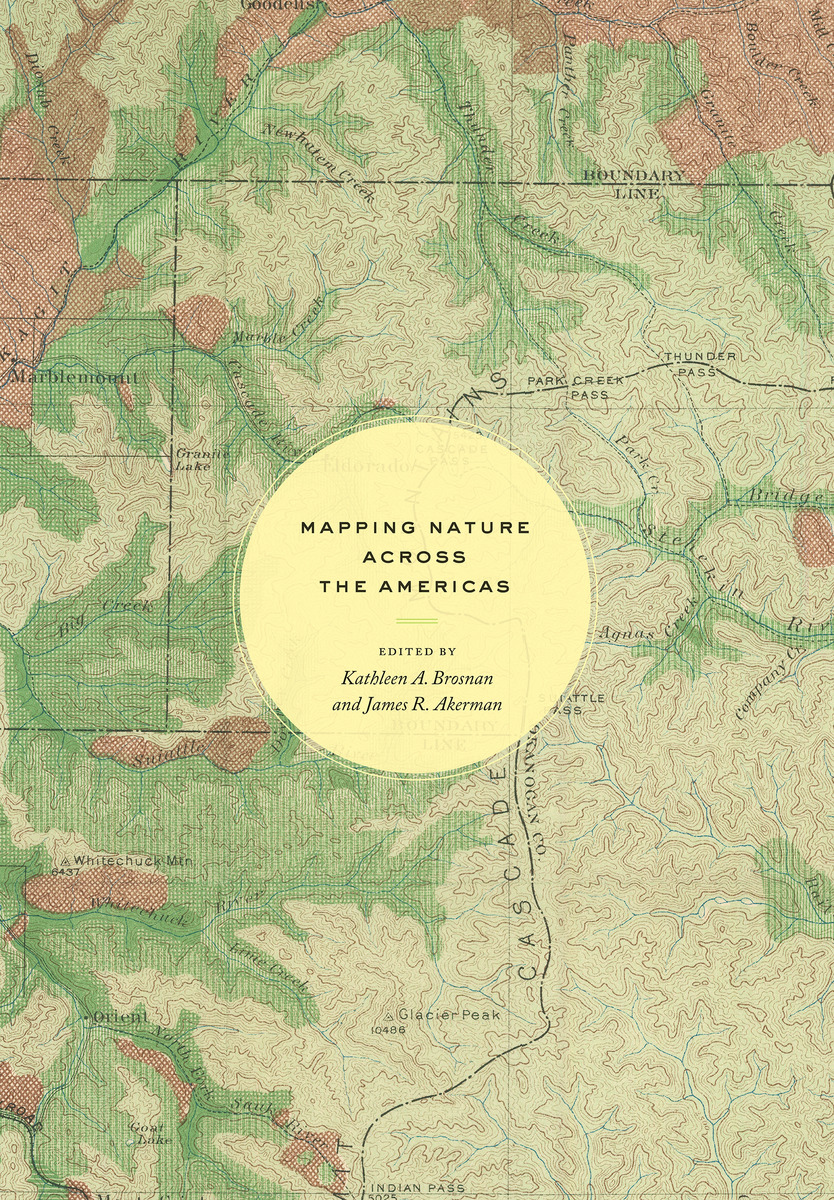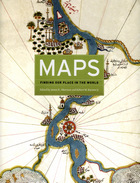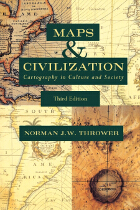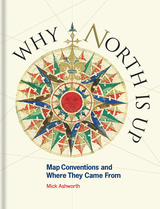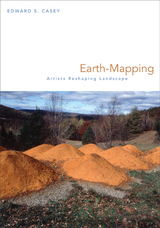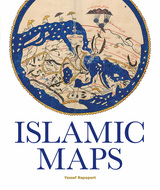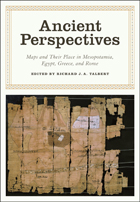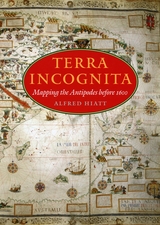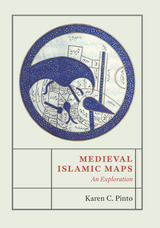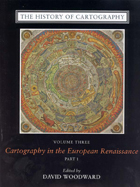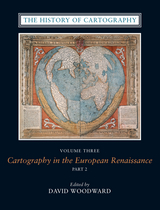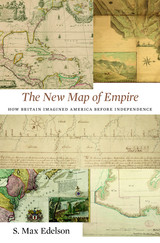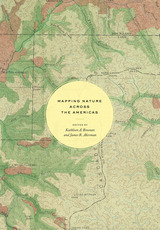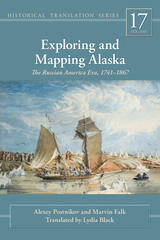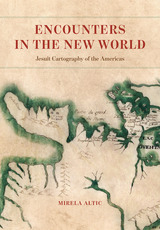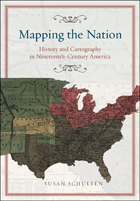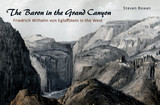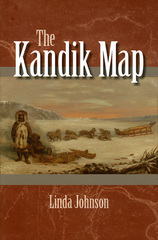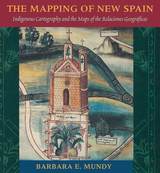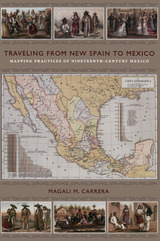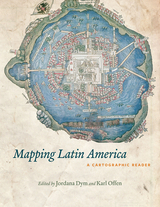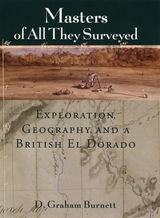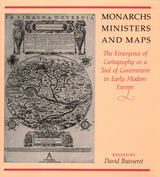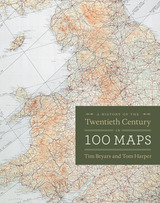Mapping Nature across the Americas
University of Chicago Press, 2021
Cloth: 978-0-226-69643-0 | eISBN: 978-0-226-69657-7
Library of Congress Classification GA401.M36 2021
Dewey Decimal Classification 526.097
Cloth: 978-0-226-69643-0 | eISBN: 978-0-226-69657-7
Library of Congress Classification GA401.M36 2021
Dewey Decimal Classification 526.097
ABOUT THIS BOOK | AUTHOR BIOGRAPHY | REVIEWS | TOC | REQUEST ACCESSIBLE FILE
ABOUT THIS BOOK
Maps are inherently unnatural. Projecting three-dimensional realities onto two-dimensional surfaces, they are abstractions that capture someone’s idea of what matters within a particular place; they require selections and omissions. These very characteristics, however, give maps their importance for understanding how humans have interacted with the natural world, and give historical maps, especially, the power to provide rich insights into the relationship between humans and nature over time. That is just what is achieved in Mapping Nature across the Americas. Illustrated throughout, the essays in this book argue for greater analysis of historical maps in the field of environmental history, and for greater attention within the field of the history of cartography to the cultural constructions of nature contained within maps. This volume thus provides the first in-depth and interdisciplinary investigation of the relationship between maps and environmental knowledge in the Americas—including, for example, stories of indigenous cartography in Mexico, the allegorical presence of palm trees in maps of Argentina, the systemic mapping of US forests, and the scientific platting of Canada’s remote lands.
See other books on: Akerman, James R. | Americas | Cartography | Maps | Physical geography
See other titles from University of Chicago Press
